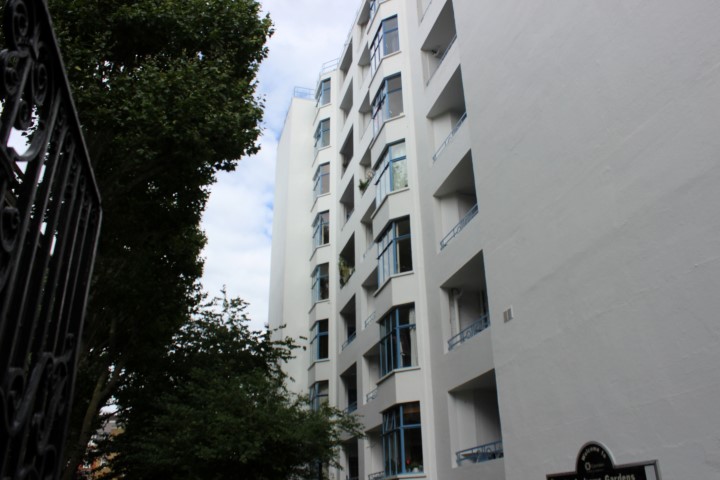
On the surface, a £5bn fund to help leaseholders to remediate the problem at little or no cost, seems to be a huge help from the government.
However, according to George Martin, a leaseholder affected by these issues, the government is only attempting to solve a small part of the overall problem. This goes beyond cladding - it’s a building safety crisis.
Here is his summary of the current issues:-
First time buyers are disproportionately affected, many bought through government supported schemes such as Help to Buy and Shared Ownership, crippling young home owners at the start of their property ownership. Many of these owners bought leasehold flats because freehold houses are unaffordable, especially in London.
For those with Shared Ownership, they are potentially in a worse situation – owning a small proportion of the property eg 25% but being 100% responsible for the cost of making the property safe.
All funding is welcome but the £5bn to date is oversubscribed and difficult to access; you cannot solve a £15bn+ problem with £5bn
The funding does not cater at all to buildings under 18m, while a proposed loan scheme for these buildings of £600 per year will force many into negative equity while continuing to make the properties unsellable due to a bloated annual service charge.
EWS1 forms are not required for buildings under 18m, but banks have made it their policy not to lend on flats without one. This is a result of a government advice note in 2020 that encourages ‘all buildings’ to be checked
Although lenders may accept other documents, they are proving impossible for leaseholders to get hold of, mainly due to the lack of help and support from managing agents, construction companies and freeholders.
Sadly, some companies have been set up to take advantage of freeholders/leaseholders and have falsified EWS1 forms to say there is a problem when they haven’t even checked the building, or made vague assumptions as to the building’s materials.
The EWS1 form is also designed for blocks 18m or more, but is being applied to buildings which are a lot shorter, potentially unnecessarily. Unless the person undertaking the work has in-depth knowledge of building regulations and fire-risk this is likely to produce incorrect conclusions for shorter buildings.
There is a huge backlog which is expected to take years to assess all the buildings required due to a lack of trained experts to carry out the checks on buildings required. EWS1 forms are only valid for five years, so we won’t even get halfway through the number of checks that need to be done before having to start again.
Waking watches have been suggested as an interim solution to ensure safety, however this is costing leaseholders an average of £20,000+ per month, with some costs as high as £70,000 per month – this is unaffordable and unsustainable.
In most cases the residents will not be allowed to perform the waking watch themselves to save costs.
The alternative of fire alarms/heat sensors are complex installation projects that have been found to cost an average of £127,000 each on top of all the other charges. In some cases, this does not even remove the waking watch with some wardens then being converted to ‘evacuation managers’.
Building insurance premiums for those blocks with issues has risen in some cases by 1000%, leading to further bills of more than £1,500 per flat per year.
If leaseholders are made to pay for remedial works and the costs are too high – what happens? The buildings will remain unsafe while all the residents head towards bankruptcy.
Existing leaseholders can’t re-mortgage, meaning some are being moved to Standard Variable Rates which could be two or three times higher than normally accessible rates.
Kate’s view:-
Sometimes the law doesn’t work in favour of consumers. If this was a car or kettle, the products would have been recalled and people would have been refunded.
Because of a quirk in the way leaseholders are responsible for works on their property, in this case, even when it was regulatory and industry failings, the government has to take full responsibility for sorting this mess out for everyone.
No-one else has the power or funding to do so and if they don’t, how are they going to defend themselves if, god forbid, another Grenfell happens?
From the government’s perspective, any money they put into the remedial work should be gained back in employment, taxes and VAT, so the net cost should be fairly zero.
For more on Kate's thoughts, also read these articles:
For additional information on why external cladding is an issue, read this comprehensive article from ALEP:
| How to make sure your property search gives your everything you need - COPSO |
Will your property deliver in retirement? - Chase de Vere |
Financing a buy to let - Coreco |
 |
 |
 |